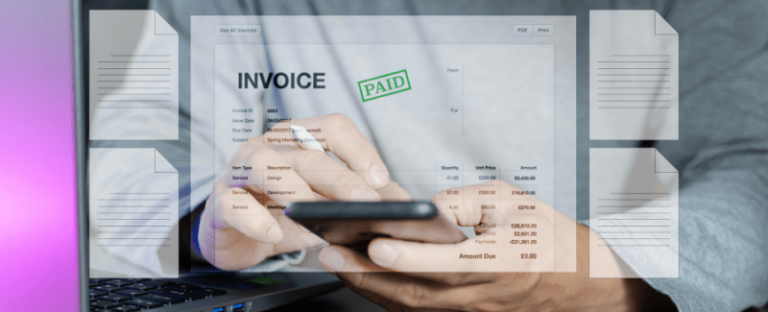Mobile payments via digital wallets were already becoming more prevalent as consumers became increasingly comfortable with the technology, and as more merchants offered terminals that accept mobile payments from devices at the point of sale. With COVID-19, of course, contactless payments are even more appreciated. Now, 67% of shoppers want self-checkout options from mobile devices.
So beyond having less contact during the checkout process to avoid germs, what are some of the perks of mobile payments? Our blog shares four benefits for businesses and consumers.
- Mobile payments are convenient.
Smartphones are owned by more than 81% of Americans and are more within reach than wallets for many. Mobile payments are a natural extension of all the daily tasks that users demand of their smartphones, from checking the weather to updating their social media accounts. Adding payments to a device already consistently used makes the process easier and more convenient than ever before.
- Mobile payments offer extra layers of security.
Mobile payments reduce or eliminate the need for consumers to carry payment methods like cash and credit cards, meaning that these payment methods are less likely to be lost or stolen. Digital wallets also provide extra layers of biometric authentication such as fingerprint scans and/or facial recognition, assisting businesses in ensuring payments aren’t fraudulent. Finally, mobile payments are often tokenized during transactions. This means that sensitive account holder information is replaced by tokens that fraudsters cannot use if intercepted during payment sessions, increasing security for both businesses and consumers.
- Mobile payments enable fully digitized financial transactions.
Consumer payments are a critical part of the household budgeting process. Digital wallets can integrate easily into software and mobile apps that help people keep track of what they’re spending, where, and how often. In addition, electronic receipts can be issued to help consumers keep better track of their spending, reduce paper waste, and decrease costs for businesses.
- Mobile payments are fast.
Counting cash or waiting for a chip card transaction takes extra time. With mobile payments, a customer simply presents their mobile device and authenticates the transaction often by a simple glance at their phone for facial recognition. This creates a quicker, more user-friendly experience for consumers and helps businesses expedite transactions.
*This is an update on an original post published July 2019




